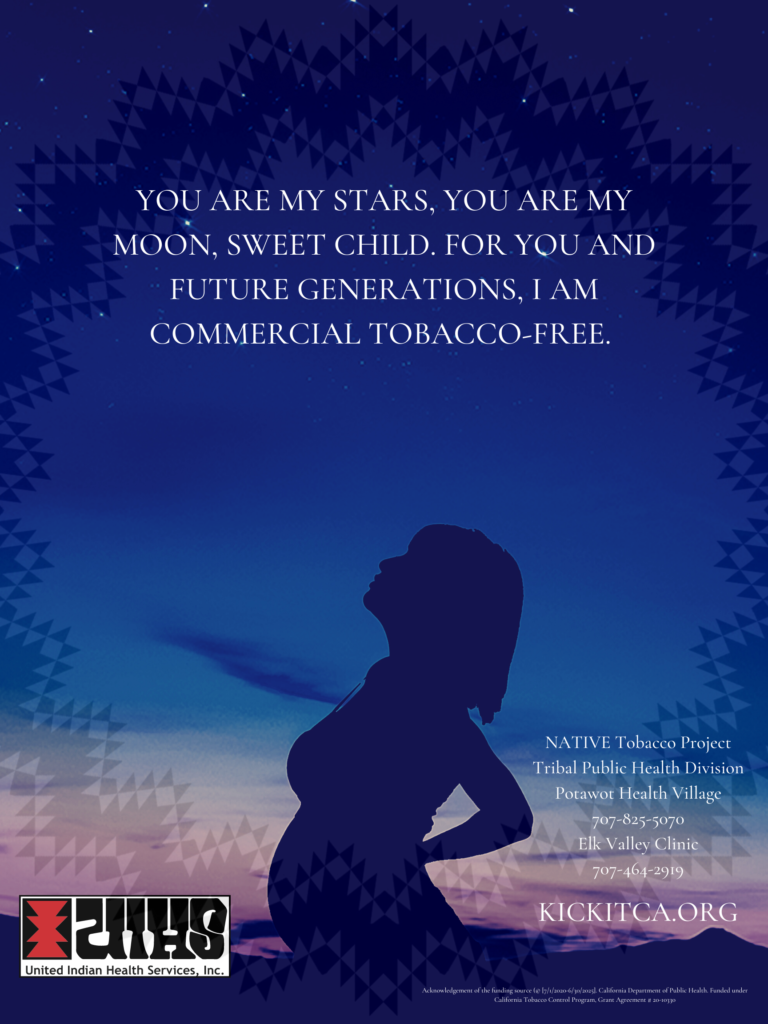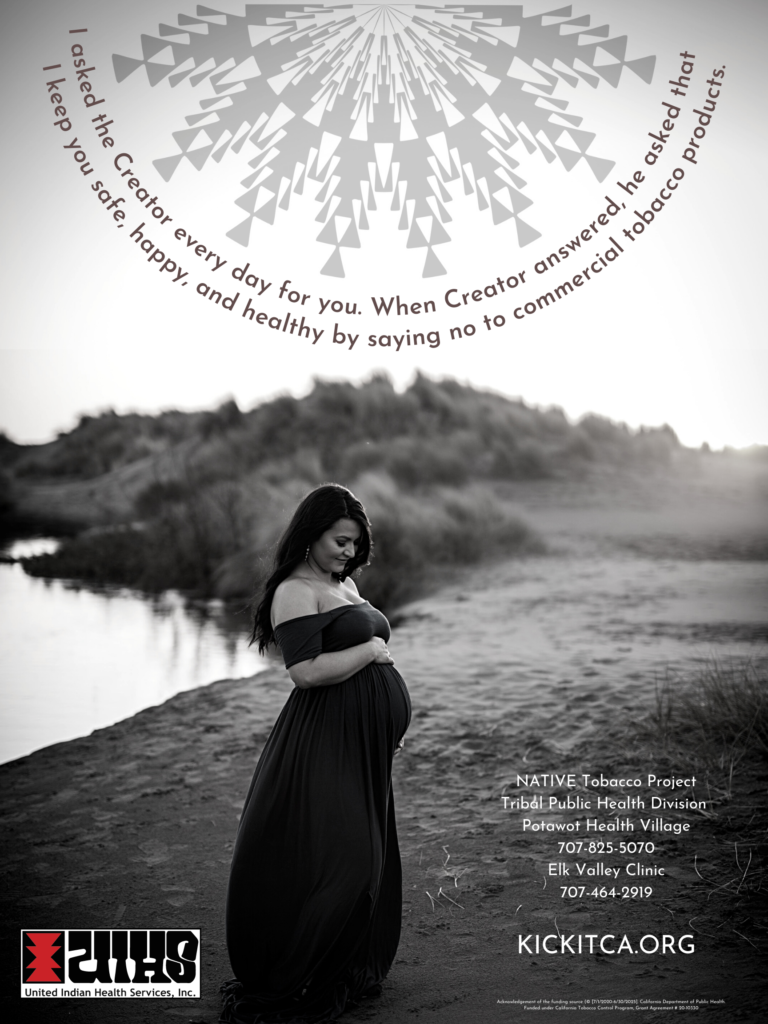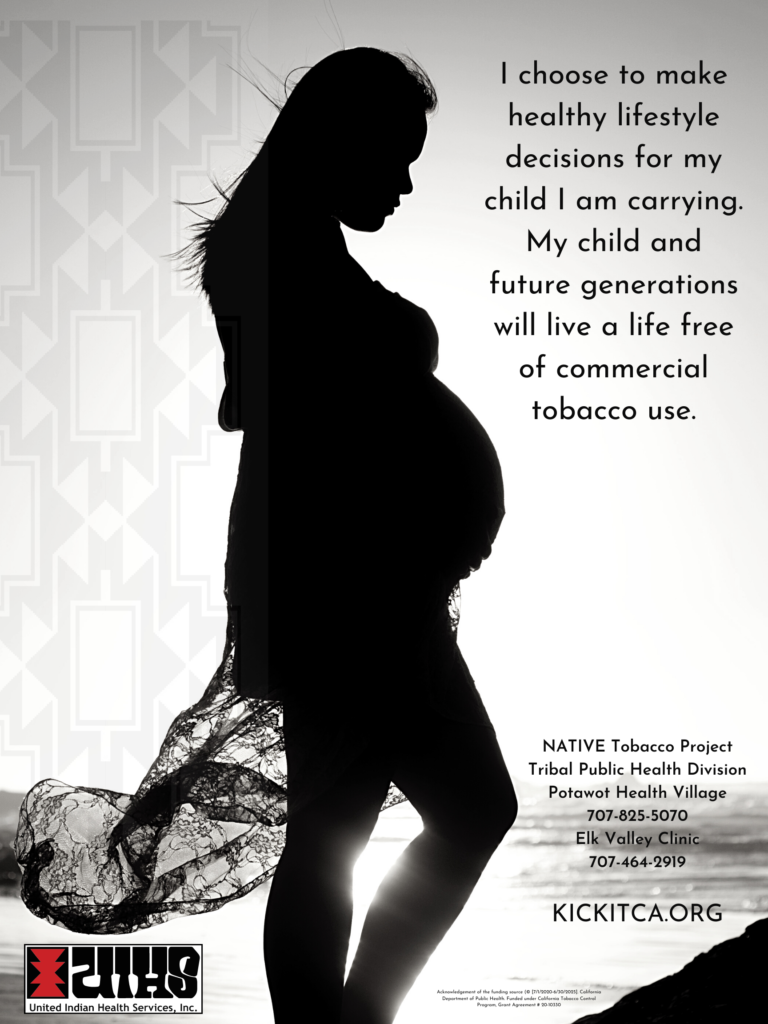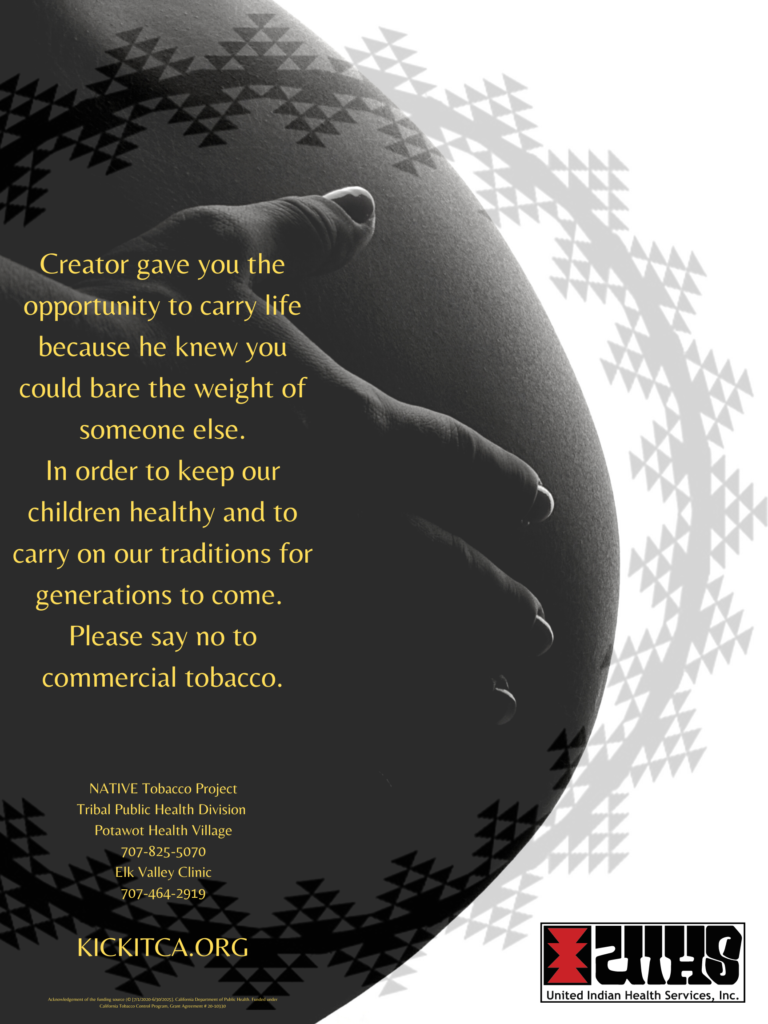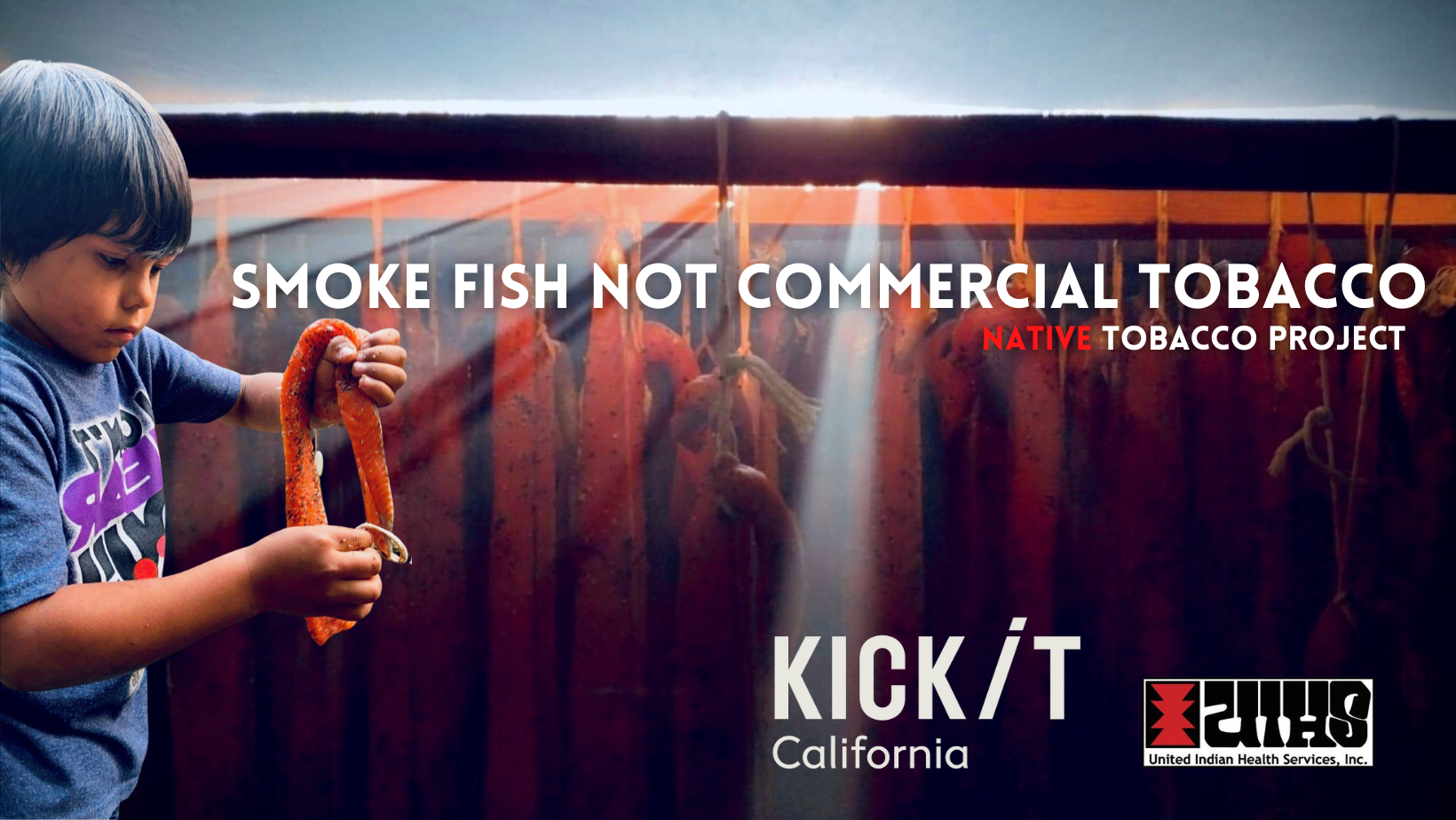
NATIVE Tobacco Project
The NATIVE Tobacco Project, housed within the United Indian Health Services’ Tribal Public Health Division, is funded by the California Tobacco Control Program for 30 years. This project works with Humboldt and Del Norte American Indian and Alaskan Native community members, Tribal members, and Tribal councils to reduce illness and premature death related to tobacco use.
We are currently focusing on:
- Adopting policies that encourage the use of the Kick It California resource to refer to pregnant women who use commercial tobacco
- Providing education on the dangers of smokeless tobacco
- Federal Tobacco 21 Law and how it affects our communities
- Defining “smoking” to include the burning or heating of tobacco products and other plant products, whether natural or synthetic
The project accomplishes our goals by implementing tobacco prevention education, community organizing and policy activities which advocate for social norm changes that promote a Tobacco-Free community.
Educational materials are available upon request. This project also has specially designed quit kits for United Indian Health Services clients. Every clinic site has the quit kits available at the receptionist desk. Check out our UIHS Health Promotion & Education Facebook page for resources, tobacco education information and events happening within our communities.
For more information contact the NATIVE Tobacco Project, United Indian Health Services at (707) 825- 5070 (Humboldt County)
or (707) 464-2919 (Del Norte County).
You can also get help to quit commercial tobacco use by calling 1-800-300-8086, or going to their website. Kick It California, formerly the California Smokers’ Helpline, is a free program that helps Californians kick smoking, vaping, and smokeless tobacco with the help of proven, science-based strategies.
We’ve already helped a million people. You could be a million and one!
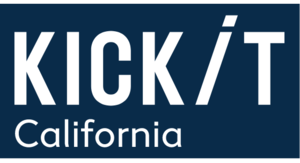
Additional Resources for Quitting Commercial Tobacco
Pregnancy and Tobacco Use / Smoking
Introducing Kick It California
Know Your Culture. Keep it Traditional – Traditional Tobacco II
